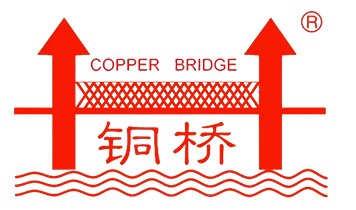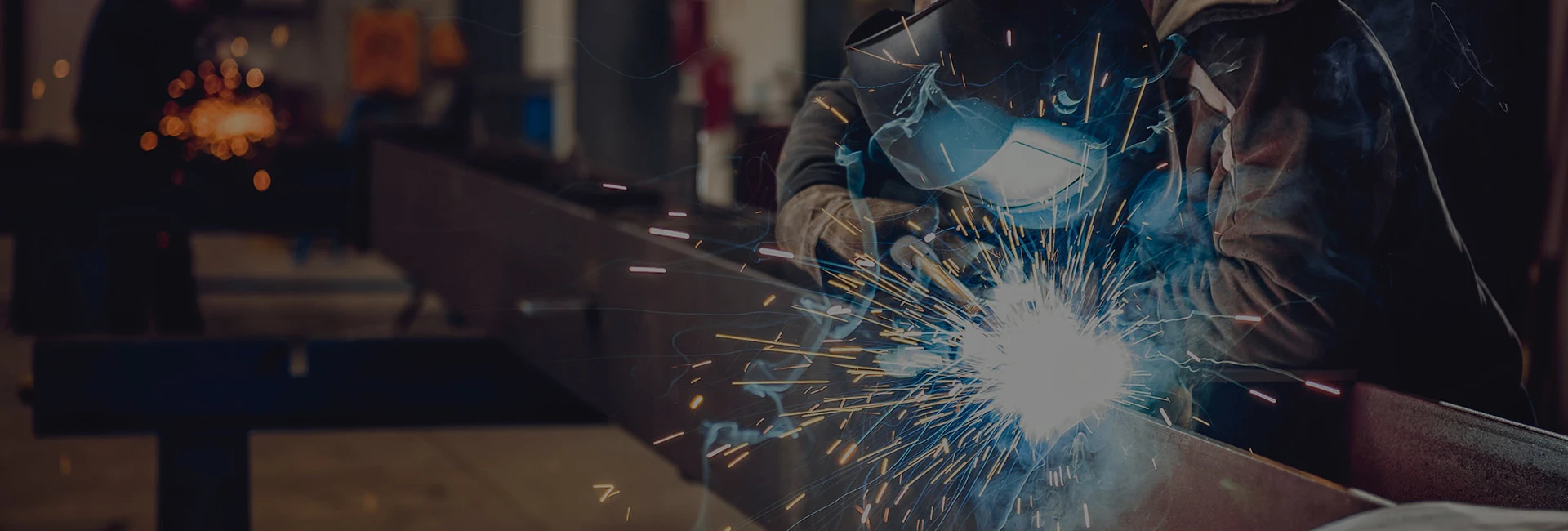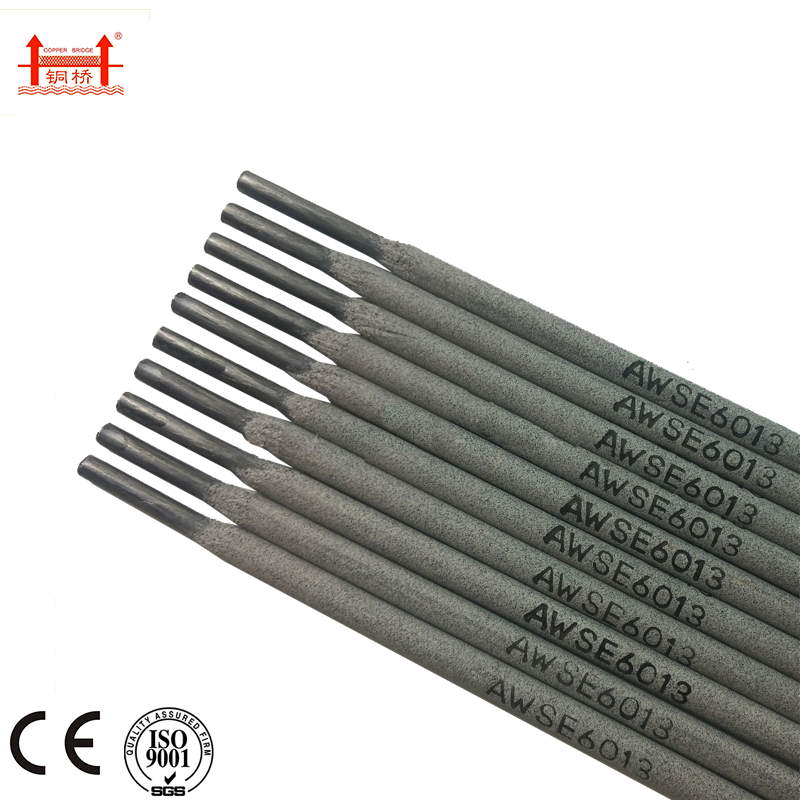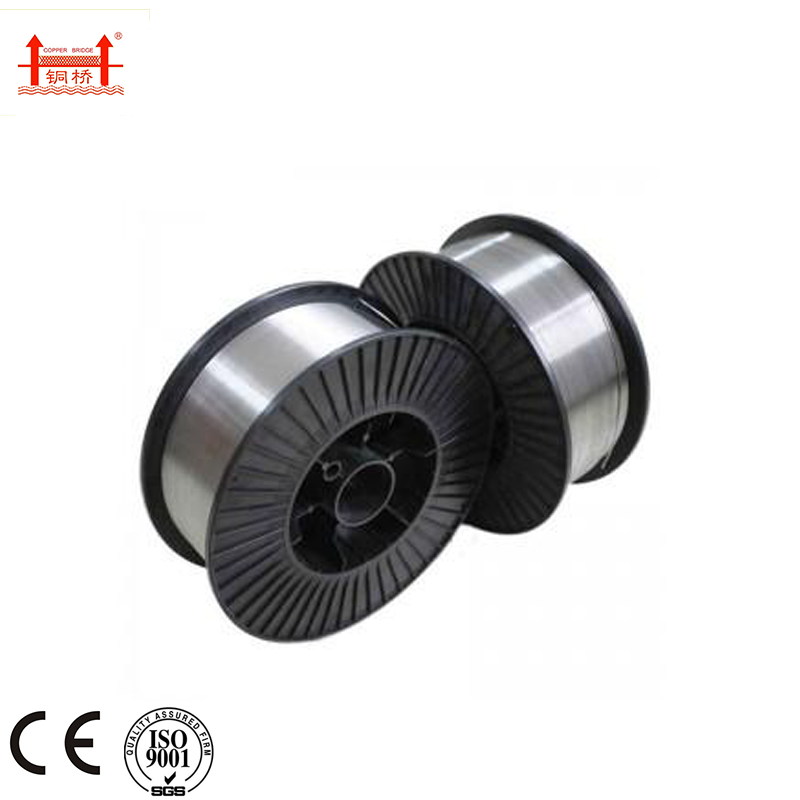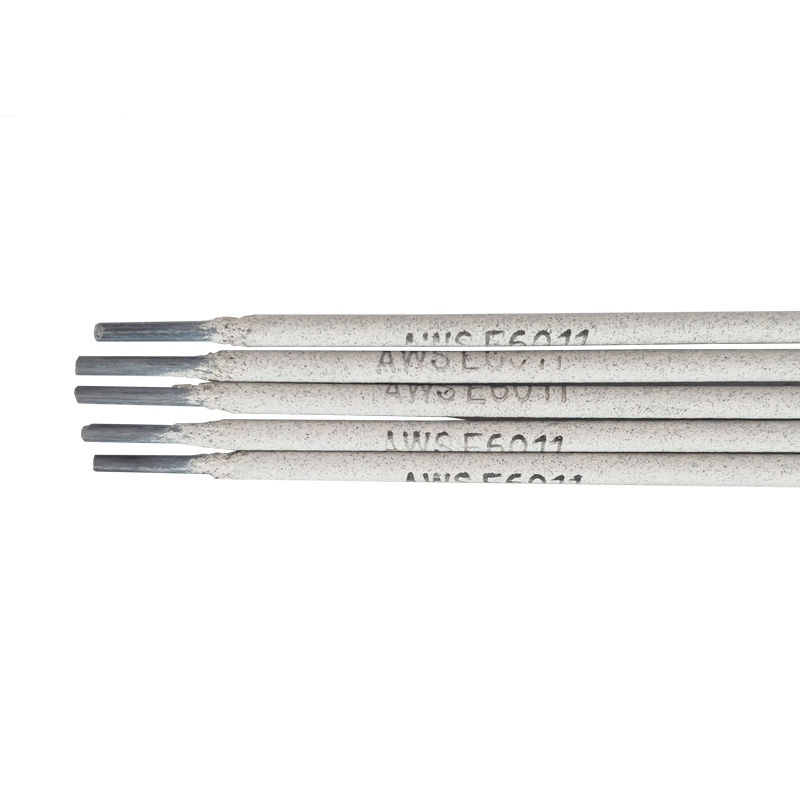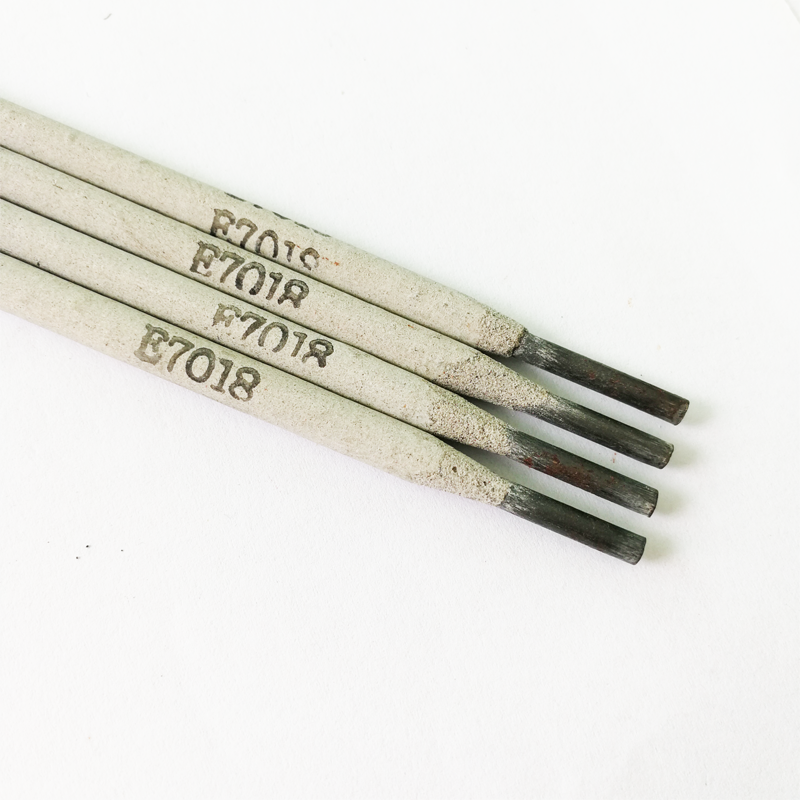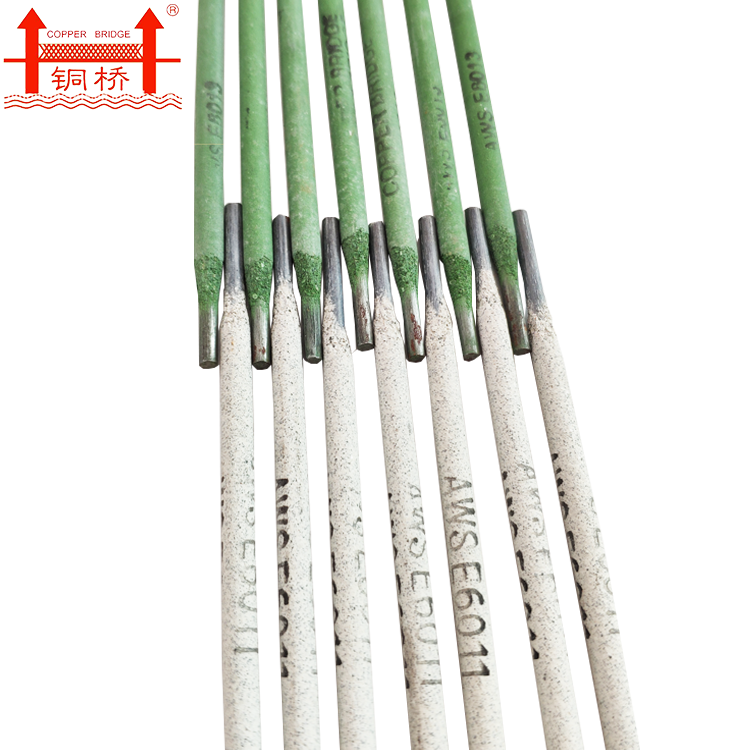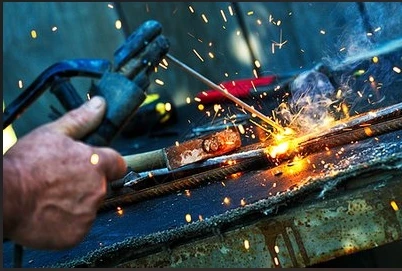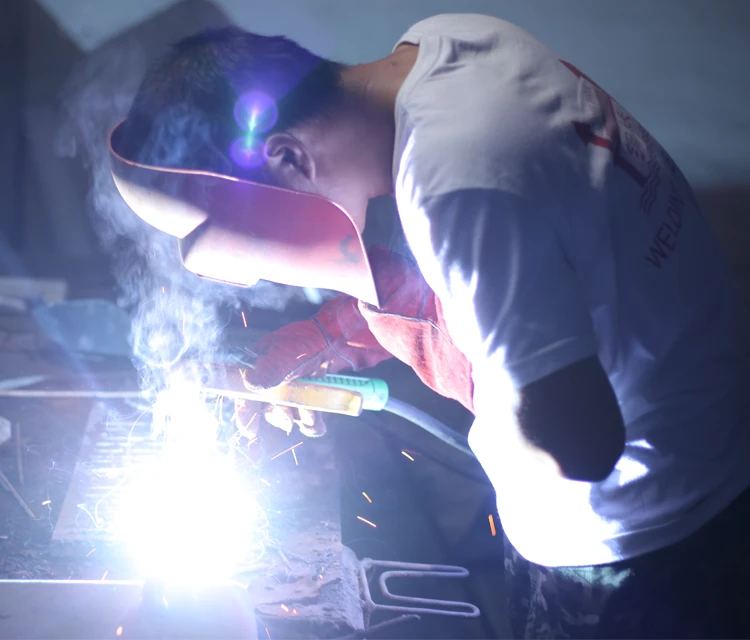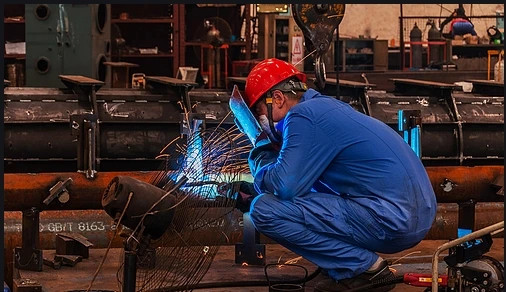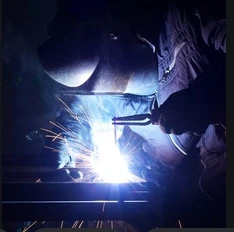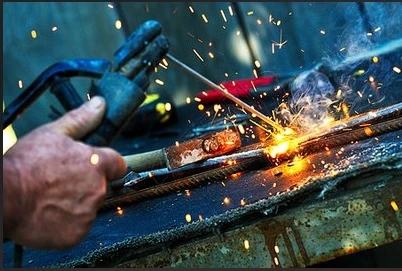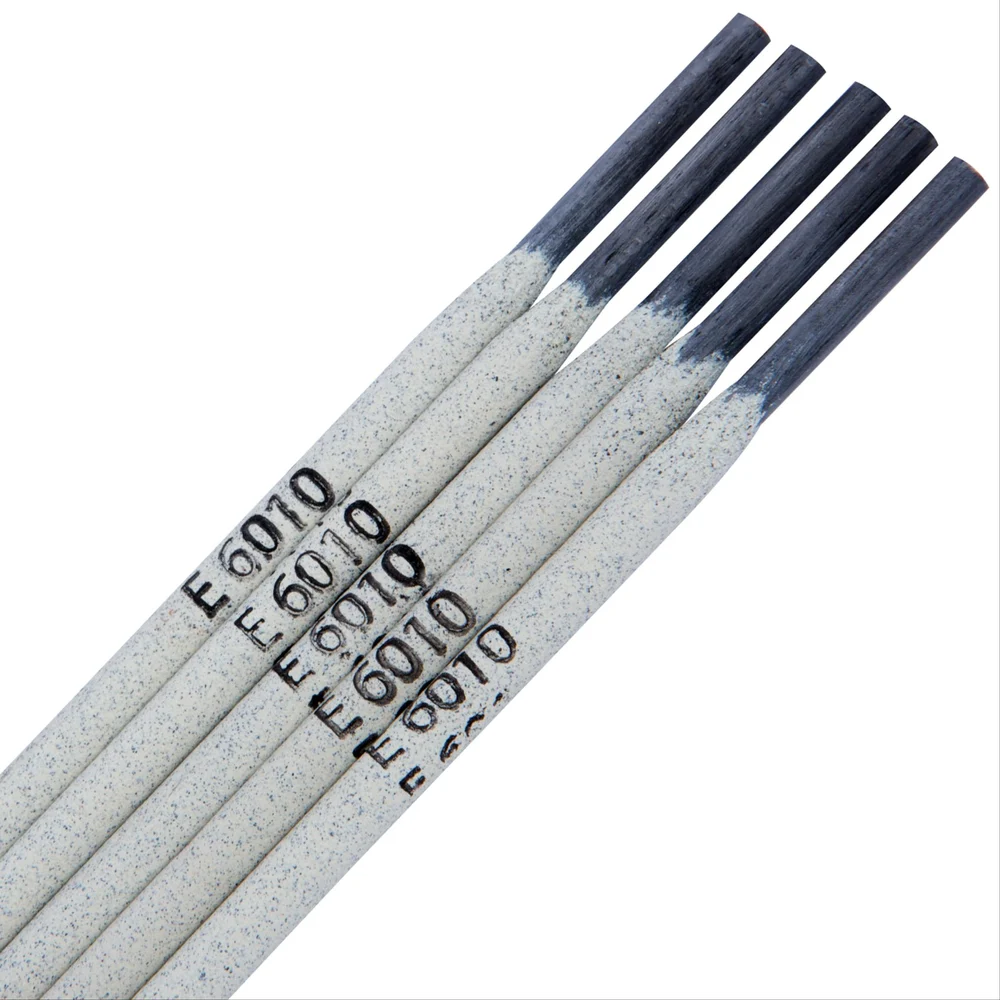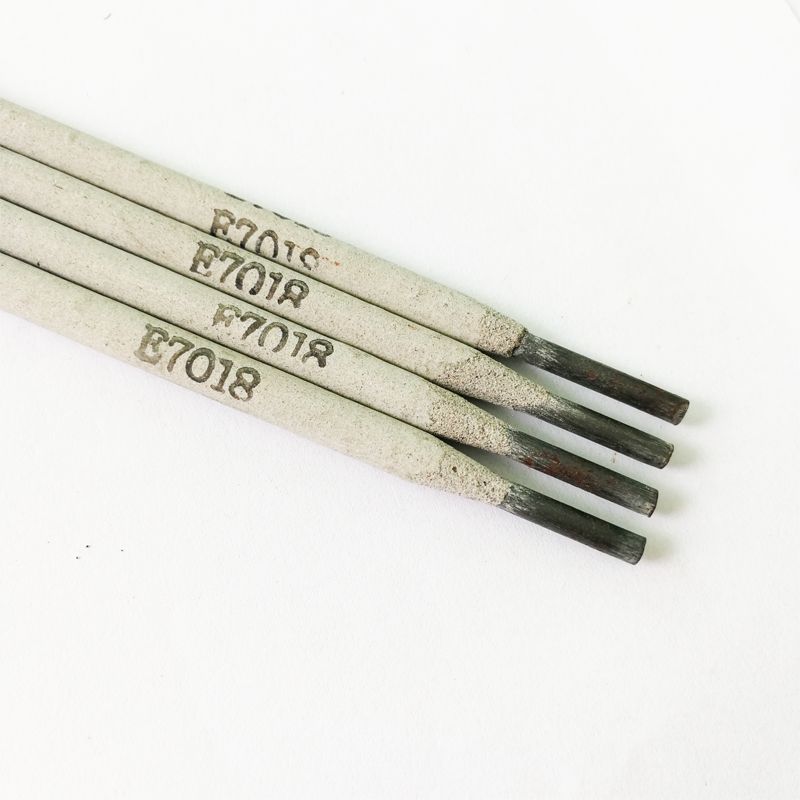E347 16 Welding Rod: Superior Stainless Steel Performance
Aug . 15, 2025 05:00
Understanding E347-16: A Critical Component in Advanced Welding
In the realm of high-performance welding, selecting the right electrode is paramount for ensuring structural integrity, longevity, and operational efficiency. The E347-16 stainless steel electrode stands out as a critical choice for demanding applications requiring superior resistance to intergranular corrosion and elevated temperature service. This specific electrode, often referred to as an e347 16 welding rod or simply an e347 electrode, is engineered with unique metallurgical properties, primarily stabilized by niobium (columbium). This stabilization prevents carbide precipitation during welding and high-temperature service, a common issue in unstabilized austenitic stainless steels that can lead to intergranular corrosion, ensuring the integrity of the weldment over time. Its utility spans across various heavy industries, making it an indispensable asset for engineers and procurement specialists focused on reliability and compliance with stringent international standards.
The demand for specialized welding consumables like the e347 welding rod is on an upward trajectory, driven by the expansion of infrastructure in petrochemical, power generation, and chemical processing sectors. Industry trends indicate a growing emphasis on materials that offer enhanced durability and reduced maintenance cycles, especially in corrosive or high-temperature environments. As global industrial processes become more complex and operate under increasingly harsh conditions, the performance characteristics of electrodes such as E347-16 become non-negotiable. Furthermore, stringent environmental regulations and safety standards push manufacturers to innovate, ensuring that welding solutions not only perform robustly but also contribute to safer and more sustainable operations. This comprehensive guide delves into the technical aspects, applications, and strategic advantages of leveraging this advanced welding consumable, highlighting why it is often the preferred choice for critical fabrications.
The Meticulous Manufacturing Process of Stainless Steel Electrodes E347-16
The production of a high-quality e347 16 welding rod is a sophisticated process, meticulously controlled to ensure optimal performance and adherence to precise specifications. Unlike components produced by casting or forging, welding electrodes are manufactured through a highly specialized extrusion process. It begins with selecting premium core wire, typically a specific grade of stainless steel that meets the strict chemical composition requirements for 347 stainless steel. This wire undergoes precise drawing to achieve the exact diameter necessary for the electrode, influencing current carrying capacity and arc characteristics. Simultaneously, the flux coating, a complex blend of mineral and chemical compounds, is prepared. This coating contains elements like titania, silicates, and importantly, finely dispersed niobium powder, along with binders that ensure cohesive application and provide excellent arc stability.
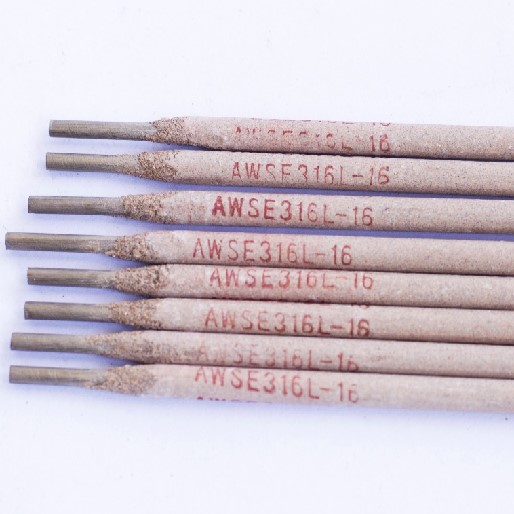
Visual representation of a stainless steel electrode, similar to the e347 16 welding rod, highlighting its structural integrity for demanding applications.
The prepared flux mixture is then extruded concentrically onto the core wire under high pressure. This critical step ensures uniform coating thickness, which is vital for stable arc performance, consistent weld metal deposition, and predictable mechanical properties. After extrusion, the electrodes undergo a carefully controlled drying and baking process in specialized ovens to remove all moisture and to consolidate the coating, preventing porosity and improving arc stability during actual use. Throughout the entire manufacturing sequence, rigorous quality control checks are implemented. These include raw material inspection, dimensional checks, coating concentricity verification, and most importantly, extensive weldability tests and chemical analysis of deposited weld metal. Compliance with international standards such as ISO 3581 and ANSI/AWS A5.4 ensures that every 347 16 welding rod produced meets the highest benchmarks for quality, service life, and performance in critical sectors like petrochemical processing, power generation, and complex industrial piping systems. The superior corrosion resistance and high-temperature strength derived from the niobium stabilization make E347-16 a cost-effective choice by extending component lifespan and reducing maintenance downtime in demanding environments.
Technical Specifications and Performance of E347-16 Electrodes
Understanding the precise technical parameters of the e347 electrode is essential for its optimal application. The unique properties of this electrode stem from its stabilized chemical composition, notably the addition of Niobium (Nb), which acts as a strong carbide former. This prevents chromium carbides from precipitating at grain boundaries during welding and subsequent exposure to high temperatures (425-815°C), thereby mitigating intergranular corrosion, often referred to as weld decay. The 347 16 welding rod typically operates with excellent arc stability, producing a smooth bead appearance and easy slag removal, which are crucial for high-quality welds in complex fabrications where post-weld cleaning efficiency is valued. Its operational versatility allows for use with both direct current electrode positive (DCEP) and alternating current (AC), providing flexibility for various welding setups and conditions.
Typical Chemical Composition of Deposited Metal (wt.%)
| Element | AWS A5.4 E347-16 (max/range) | Jinlong Typical (Reference) |
|---|---|---|
| Carbon (C) | 0.08 max | 0.05 |
| Chromium (Cr) | 19.0 - 21.0 | 19.5 |
| Nickel (Ni) | 9.0 - 11.0 | 10.0 |
| Molybdenum (Mo) | 0.75 max | 0.20 |
| Niobium + Tantalum (Nb+Ta) | 8xC min - 1.0 max | 0.60 |
| Manganese (Mn) | 0.5 - 2.5 | 1.50 |
| Silicon (Si) | 0.90 max | 0.65 |
| Phosphorus (P) | 0.04 max | 0.02 |
| Sulfur (S) | 0.03 max | 0.015 |
Typical Mechanical Properties of Deposited Metal
| Property | AWS A5.4 Minimum Requirements | Jinlong Typical (Reference) |
|---|---|---|
| Tensile Strength | 520 MPa (75 ksi) | 580 MPa (84 ksi) |
| Yield Strength | 345 MPa (50 ksi) | 390 MPa (57 ksi) |
| Elongation in 50mm | 30% | 38% |
| Charpy V-Notch Impact (0°C) | No requirement | ~70 J (~52 ft-lb) |
These specifications demonstrate why the e347 welding rod is preferred for applications where the weld metal will be exposed to temperatures within the sensitizing range. Its controlled ferrite content (typically 3-10% delta ferrite) further enhances its resistance to hot cracking, making it a robust solution for critical fabrication projects. The ability to perform well with both DC electrode positive (DCEP) and AC current provides versatility for various welding setups and conditions, making the e347 16 electrode a highly adaptable choice for skilled welders in diverse industrial environments. The consistent mechanical properties ensure reliable performance under stress and dynamic loads.
Application Scenarios and Strategic Advantages of E347-16
The exceptional properties of the e347 16 welding rod make it indispensable across a spectrum of demanding industrial applications. Its primary advantage lies in its resistance to intergranular corrosion, a critical factor for equipment operating in corrosive environments or at elevated temperatures. This makes it ideal for welding Type 347, 321, and 304L stainless steels, particularly where the structure will be subjected to post-weld heat treatment or service temperatures within the carbide precipitation range. The unique niobium stabilization ensures that chromium remains in solid solution, maintaining the alloy's corrosion resistance. Key application sectors include:
- Petrochemical and Chemical Processing: Used extensively in pressure vessels, heat exchangers, and piping systems that handle aggressive chemicals or operate at high temperatures, ensuring long-term integrity and preventing costly failures due to intergranular corrosion.
- Power Generation: Crucial for components in steam lines, boilers, and turbine parts where high temperatures and corrosive steam environments are present. The stabilization provides crucial protection against sensitization and subsequent loss of mechanical properties.
- Food and Pharmaceutical Industries: While often using 316L for its specific corrosion resistance, e347 16 is used when higher temperature stability is needed for specific process equipment, such as steam-jacketed vessels or high-temperature processing lines.
- Oil & Gas Industry: Fabrication of offshore platforms, refineries, and pipelines that demand robust, corrosion-resistant welds to withstand harsh operating conditions, extreme pressures, and exposure to corrosive media.
- Metallurgical and Heavy Fabrication: For joining dissimilar metals or for cladding applications where a stabilized stainless steel layer is required for enhanced service life and performance under elevated temperatures.
- Water and Wastewater Treatment: Used in critical infrastructure components like pumps, valves, and large diameter pipes where resistance to various forms of corrosion from waterborne chemicals is necessary for durability and extended operational life.
The strategic advantages of deploying the e347 electrode extend beyond mere corrosion resistance. Its excellent usability, characterized by a stable arc and minimal spatter, contributes to higher productivity and reduced rework, leading to significant cost savings in project execution. The consistent quality of welds produced with e347 welding rod translates into extended service life for fabricated components, minimizing downtime for repairs and replacements. This long-term reliability ensures lower total cost of ownership, making it an economically sound choice for B2B decision-makers focused on operational efficiency and sustainable performance. Companies like Jinlong Welding Electrode leverage decades of experience and stringent quality control to ensure their E347-16 offerings provide these crucial advantages, underpinning their commitment to client success and project integrity.
Manufacturer Comparison and Tailored Solutions for E347-16
When sourcing e347 16 welding rod, B2B buyers face a myriad of choices, each manufacturer offering distinct nuances in product consistency, certifications, and support. Leading manufacturers like Jinlong Welding Electrode differentiate themselves not just on price, but on the robustness of their R&D, adherence to international standards like ISO 9001, and extensive application support. While many suppliers offer electrodes meeting AWS A5.4 E347-16 standards, the fine-tuning of flux formulation, precise control over ferrite content, and consistent batch quality can vary significantly. A key differentiator lies in the ability to provide robust technical data, consistent mechanical properties, and reliable arc performance across all diameters, ensuring predictable results in critical welding operations.
Key Differentiators in E347-16 Suppliers
- Quality Control & Traceability: Superior manufacturers offer full traceability from raw materials to the final product, often backed by batch-specific test certificates that document chemical and mechanical properties. This transparency builds significant trust.
- Consistency: Uniformity in arc stability, slag removal, and bead appearance across different batches and production runs is critical for large-scale, continuous fabrication projects, minimizing operational variances.
- Technical Support: Access to expert metallurgists and welding engineers for application-specific advice, troubleshooting, and optimization of welding procedures can be invaluable for complex projects.
- Certifications: Compliance with major international standards (e.g., ISO, CE, TUV) and specific industry approvals (e.g., ABS, DNV, LR, BV) validates product quality and suitability for regulated environments.
- Delivery & Logistics: Reliable supply chains, efficient inventory management, and timely delivery schedules are crucial for maintaining project timelines and avoiding costly delays in industrial operations.
For specialized projects, the option for customized solutions becomes invaluable. While the standard e347 electrode meets most requirements, some unique applications might benefit from specific modifications to the flux chemistry to optimize performance for particular welding positions, joint configurations, or service environments. For instance, fine-tuning the balance of deoxidizers for vertical-up welding or adjusting the slag system for specific aesthetic requirements and easier post-weld cleaning. Jinlong Welding Electrode offers collaborative partnerships to develop such tailored solutions, leveraging their deep technical expertise and advanced manufacturing capabilities. This bespoke approach ensures that clients receive not just a product, but a welding solution precisely engineered to meet their most stringent operational demands, solidifying the role of the e347 welding rod as a versatile and adaptable choice.
Real-World Impact: E347-16 Application Cases
The efficacy of the e347 16 welding rod is best illustrated through its successful deployment in critical real-world scenarios. Its inherent resistance to intergranular corrosion and excellent high-temperature strength have made it a preferred choice for numerous high-stakes industrial projects globally. Consider, for example, a recent project involving the expansion of a major chemical processing plant in the Middle East. The plant required extensive new piping and pressure vessels to handle highly corrosive sulfuric acid at elevated temperatures. The engineering team specified E347-16 for all critical stainless steel welds, specifically to mitigate the risk of weld decay which could lead to catastrophic failures and severe operational disruptions. The project reported zero defects related to intergranular corrosion over its initial two years of operation, a testament to the electrode's reliability and the quality of the executed welds.
Another compelling case involves a power generation facility undergoing a crucial overhaul of its boiler systems in North America. Components subjected to superheated steam, reaching temperatures well within the sensitization range, were identified as high-risk areas due to potential stress corrosion cracking. By utilizing the 347 16 welding rod for repairs and new installations, the facility significantly extended the expected lifespan of these critical components, enhancing operational safety and reducing maintenance frequency. Client feedback highlighted the ease of use, consistent weld quality, and excellent puddle control of the e347 electrode, leading to reduced overall project timelines and improved operational safety records. These case studies underscore the tangible benefits: enhanced structural integrity, prolonged service life, and minimized maintenance costs, which collectively contribute to superior return on investment for industrial clients. The consistent performance of the e347 welding rod in these challenging environments solidifies its reputation as a cornerstone product for demanding fabrication and repair applications.
Ensuring Trust: FAQs, Delivery, and Warranty for E347-16
Building trust with B2B clients requires transparency and robust support infrastructure. For critical consumables like the e347 16 welding rod, clarity on product information, logistics, and post-sales support is crucial. Jinlong Welding Electrode is committed to providing comprehensive assistance to ensure seamless procurement and application of their Stainless Steel Electrodes E347-16, backed by decades of industry experience and a focus on customer satisfaction.
Frequently Asked Questions (FAQs)
-
Q: What is the primary benefit of using an e347 electrode over a 308L electrode?
A: The primary benefit is its stabilization with Niobium (Columbium). This makes the e347 welding rod highly resistant to intergranular corrosion (weld decay) when exposed to temperatures within the sensitizing range (425-815°C), unlike 308L which is susceptible to chromium carbide precipitation at grain boundaries. This characteristic is crucial for high-temperature service or when post-weld heat treatment is applied, ensuring long-term structural integrity.
-
Q: What welding positions are suitable for E347-16?
A: E347-16 electrodes are designed for all-position welding, excluding vertical down. They offer excellent performance in flat, horizontal, vertical up, and overhead positions, providing significant flexibility for complex fabrication geometries and field repairs, maximizing welder efficiency.
-
Q: How does the "16" in E347-16 affect its performance?
A: The "16" suffix indicates a rutile-basic type coating. This coating provides excellent arc stability, a smooth bead appearance, minimal spatter, and easily removable slag, making it highly user-friendly and producing aesthetically pleasing, high-quality welds. It is suitable for both AC and DCEP (DC electrode positive) welding current, offering operational versatility.
Delivery and Logistics
Understanding that timely delivery is critical for industrial projects, Jinlong Welding Electrode maintains efficient supply chain management and robust logistics networks. Our standard delivery lead times for e347 16 vary based on order volume and destination but typically range from 2-4 weeks for standard stock items, ensuring a consistent supply for your projects. For large volume or customized orders, specific timelines are communicated transparently during the quotation phase to align with project schedules. We utilize reliable global logistics partners to ensure products arrive in optimal condition, securely packaged to prevent damage and maintain product integrity during transit.
Quality Assurance and Warranty Commitment
Every 347 16 welding rod supplied by Jinlong Welding Electrode adheres to rigorous international quality standards, including ISO 9001:2015 for quality management systems and specific product certifications like CE and TUV. Our products undergo extensive testing in accredited laboratories, and comprehensive certificates of conformity (CoCs) are available upon request for each batch, providing complete material traceability and quality verification. We offer a comprehensive product warranty covering manufacturing defects and ensuring that our electrodes meet or exceed published specifications and industry standards. Our dedicated customer support team is readily available to address any technical inquiries or concerns, providing expert guidance and resolving issues promptly to maintain the highest levels of client satisfaction. This unwavering commitment to quality and service underpins the reliability of our e347 welding rod products in the most demanding industrial environments.
Further Reading and Resources
For those seeking deeper technical insights into stainless steel welding, metallurgy, and advanced material science, the following authoritative sources are highly recommended for comprehensive understanding:
- American Welding Society (AWS) A5.4/A5.4M:2012. Specification for Stainless Steel Electrodes for Shielded Metal Arc Welding.
- International Organization for Standardization (ISO) 3581:2016. Welding consumables - Covered electrodes for manual metal arc welding of stainless and heat-resisting steels - Classification.
- O'Brien, A.P. (Ed.). (2014). Welding Handbook, Ninth Edition, Volume 4: Materials and Applications. American Welding Society.
- Lippold, J.C., & Kotecki, D.J. (2005). Welding Metallurgy and Weldability of Stainless Steels. John Wiley & Sons.
- ASM International. (Various publications). ASM Handbook, Volume 6: Welding, Brazing, and Soldering.
Related Video


